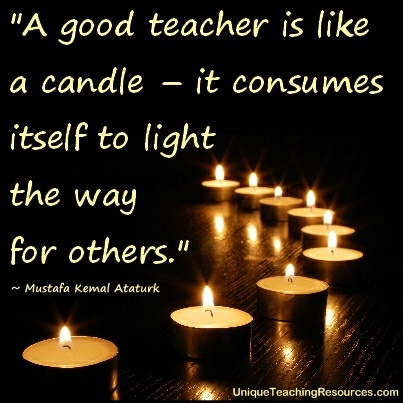This week, we are taking the plunge into Inquiry Based Instruction. IBI is unique in the fact that it takes the spotlight off the teacher. Student's are truly in charge of there learning. In this method, student's are taught to think critically to solve there problems instead of depending on the teacher to spoon feed them the information. This is accomplished when using these 5 steps.
The first step is questioning. Inquisition in stating a “what if ” or “I wonder” question to
be investigated. An example from our reading states, "Students in an introductory agricultural education course
notice that one of the two plants the class planted on the
same day and placed in different parts of the classroom
is bigger than the other. This observation may cause the
students to ask, “What is making Plant A grow faster than
Plant B?”"
The next step is to design your plan of action. This means to be brainstorming possible procedures and identifying an “I think” statement to test. An example would be: "Students know plants need water to grow. They know the
plants receive the same amount of water because they
are responsible for watering the plants and give the same
amount of water to each plant. Since the students know
the water is the same for each plant, they decide there
must be another explanation for the difference in plant
growth. The students research plant growth and find light
and temperature are also important factors. The students
decide to monitor the light in each location to see if
a light difference exists."
The third step is to experiment. This is the hands-on portion of the method. For example: " Every hour, the students check
each plant and mark if the plant is in the sun or not."
Summation is the next step. This involves collecting evidence and drawing
conclusions. For example: "At the conclusion of the experiment, the students find Plant
A receives four hours more sunlight than Plant B. They can
conclude light affected the different growth rates of the two
plants."
Finally the last step is exhibition. Sharing your findings with others around you helps others learn. For example: "Since the students did such a good job finding the answer
to their question, the teacher asks them to share their work with the plant science class. The students explain each
aspect of their experiment process and discuss the findings
and conclusions."
Overall, I personally see the benefit of teaching SOME lessons in this manner. I however do not believe in the teaching purely IBI. It is important to teach critical thinking and for students to understand that life isn't spoon fed to you. However, some things just have to be taught by the teacher. We are teachers for a reason.

Sources:
https://edis.ifas.ufl.edu/pdffiles/WC/WC07500.pdf
https://edis.ifas.ufl.edu/pdffiles/WC/WC07600.pdf





































